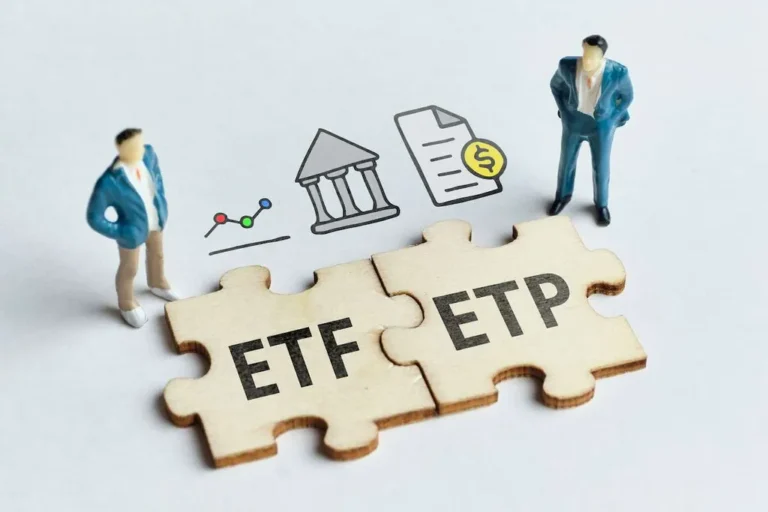To prevent those dangers from causing harm, you should first know what threats you’re going through. So the foundation of any profitable threat administration program is a radical risk evaluation – which might take many types depending on what methodology most accurately fits your wants. The Operationally Critical Risk, Asset, and Vulnerability Analysis (OCTAVE) methodology takes an organizational method to danger administration. Developed by the CERT Division of the Software Engineering Institute (SEI), OCTAVE emphasizes the importance of managing dangers based mostly on the organization’s distinctive operational context. The threat evaluation is an important a half of the general Danger Management process.
The qualitative threat evaluation process evaluates asset value, threats, and vulnerabilities. By assessing these elements, organizations can determine the likelihood and impact of risks, allowing them to prioritize and address the most critical issues first. This methodology, often referred to as threat analysis, is especially useful when data is scarce or when numerical values are difficult to assign. Incorporating risk evaluation into this process ensures a comprehensive approach to risk management. Today’s organizations face increasingly complex challenges, making it essential to assess potential threats with precision and clarity—a principle echoed in industries like online betting, where regulatory updates and security measures frequently make headlines in gambling news today.

Components influencing the choice of methodology embrace the nature of the entity undergoing analysis, the sources out there, and the desired degree of detail within the danger evaluation. These strategies type the premise of different varieties of risk evaluation, which may vary from simple hazard identification to complex risk modelling. She is the former Director of the Workplace of Danger Administration on the International Monetary Fund. She has beforehand served as a board member at both the Committee of Chief Danger Officers (CCRO) and GARP, and can also be the previous senior vice president and chief threat officer at Constellation Vitality.
Risk assessment is a critical course of that helps organizations establish, analyze, and prioritize threats to guard property and guarantee resilience. Understanding various danger evaluation methodologies allows better decision-making and useful resource what is aml risk assessment allocation. In abstract, threat assessment methodologies are important instruments for organizations looking to shield their information property. By systematically identifying, analyzing, and managing dangers, companies can create safer environments, ensure regulatory compliance, and preserve the belief of their prospects. Threat-based danger evaluation evaluates risks by contemplating the conditions and techniques utilized by threat actors.

A detailed report with extra steering can provide a more accurate danger assessment and help decide risk acceptability criteria, including simple risk assessment and residual danger acceptance standards. To the left are the potential causes of that event, with proactive controls the organization has in place to forestall those causes. To the best are potential consequences if the occasion happens, with reactive controls the organization has in place to attenuate the impression of these penalties. By reviewing protocols and addressing vulnerabilities, organisations can improve resilience, handle issues like Deprivation of Liberty Safeguard considerations, and stay compliant with altering regulations.
A thorough vulnerability analysis not solely strengthens asset safety but additionally promotes proactive danger administration. By anticipating threats, businesses can implement controls that assist maintain operations and safeguard assets, ensuring they’re better ready for any challenges forward. By Way Of a cost-benefit analysis, organizations and their stakeholders can higher prioritize mitigation options and align them with their security finances, as properly as the potential monetary loss if left as-is. Boards and business leaders regularly prefer this type of threat assessment as it can reply specific questions with figures.
Qualitative risk is extra subjective, focusing on the traits of a threat somewhat than its numerical value. This kind of danger assessment usually uses expert opinion to arrive at rankings (usually a low/medium/high scale or something similar) for chance and potential impression. Let’s discover 4 key threat assessment methodologies – NIST SP , OCTAVE, FAIR, and ISO – that each cybersecurity supervisor should know. We will talk about their elementary principles and provide real-world examples for example how these methodologies could be applied in practice. Such software tools are designed to simplify labor-intensive threat assessment processes, as well as streamline a chunk of the procedural work for compliances and security frameworks. Qualitative assessments rely on interviews and skilled judgment to evaluate dangers on a scale corresponding to Excessive, Medium, or Low.
Further research into models for threat velocity – i.e., how quickly a threat can happen, or change in chance or consequence – would likely present a aggressive edge in risk evaluation. To ensure that this course of is rigorous, analysis groups ought to require access to historical data units and past danger assessments, as well as data on how threat assessments have been completed. Unbiased danger aggregation is determined by a normal method to risk identification and assessment. As far as assigning the target chances and consequences, the most common industry practices are historical information analysis and expert judgment. Figure 1 (below) shows that danger identification and assessment occur after the scope of ERM has been defined via a set of agreed threat objects. Underneath this method, consultants agree on an goal and observed chance for every danger, and a common threat taxonomy is established to standardize the language of ERM.
The first section of qualitative threat evaluation entails figuring out high-level dangers and then establishing settlement about danger appetite and threat tolerance. Proficiency in threat assessment methodologies enables them to identify potential threats and mitigate them effectively in the course of the https://www.xcritical.in/ design section. A Compliance Officer ensures that an organization adheres to laws and regulations. Information of risk evaluation methodologies helps them establish compliance risks and implement essential controls to satisfy regulatory requirements. An Data Safety Analyst is answerable for monitoring and protecting an organization’s community and data. This function requires a strong understanding of danger evaluation methodologies to establish vulnerabilities and implement acceptable security measures.